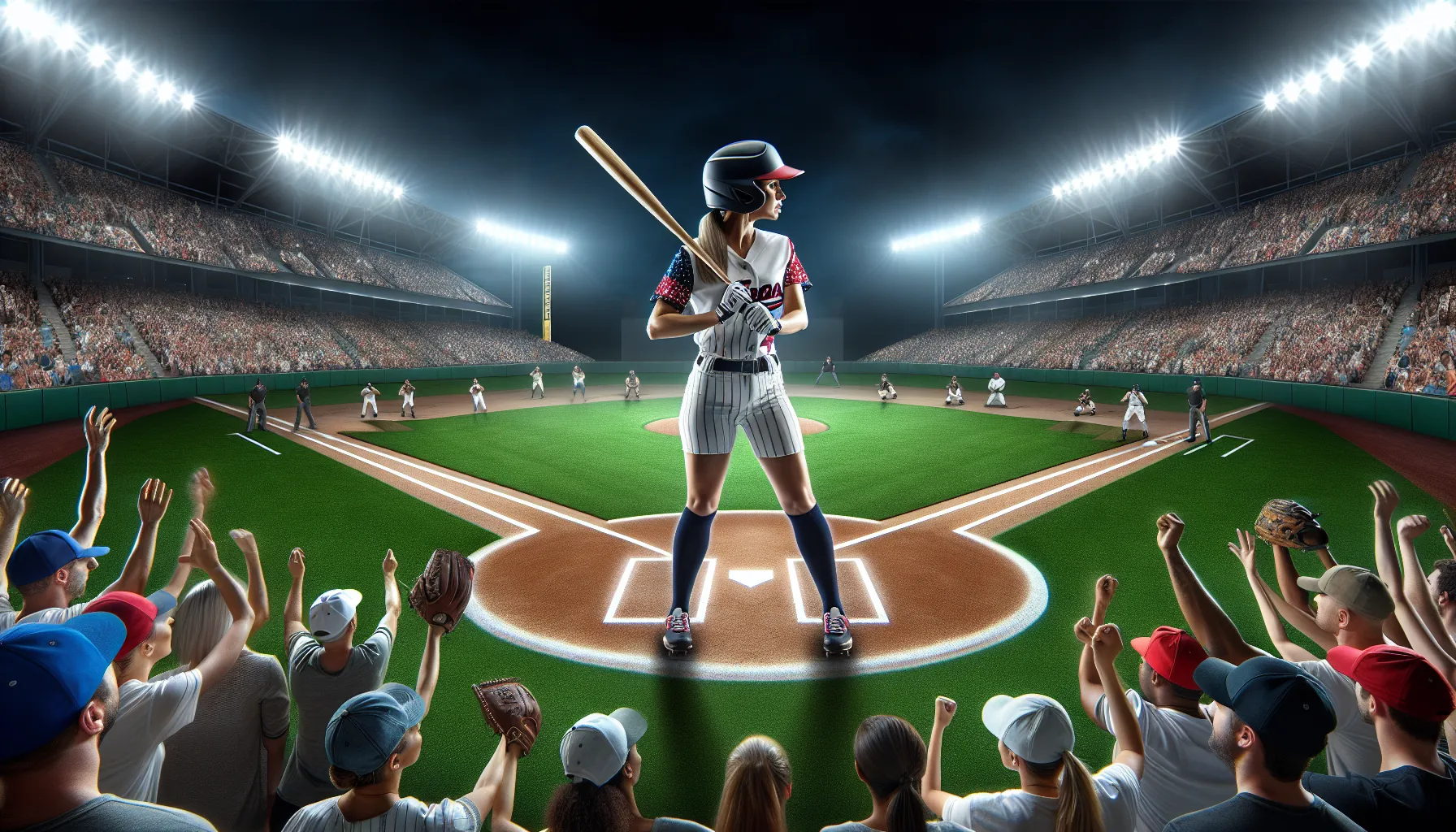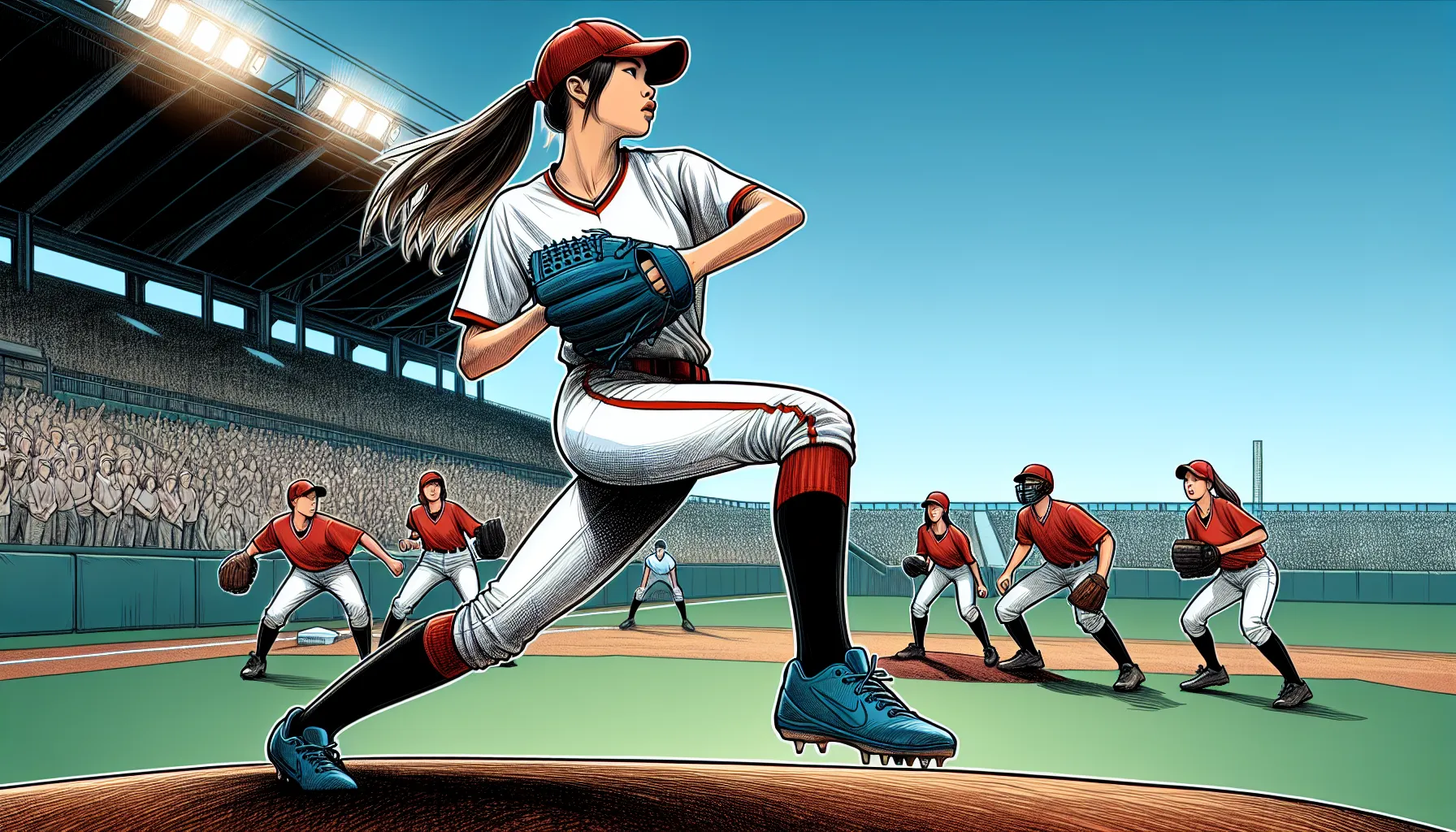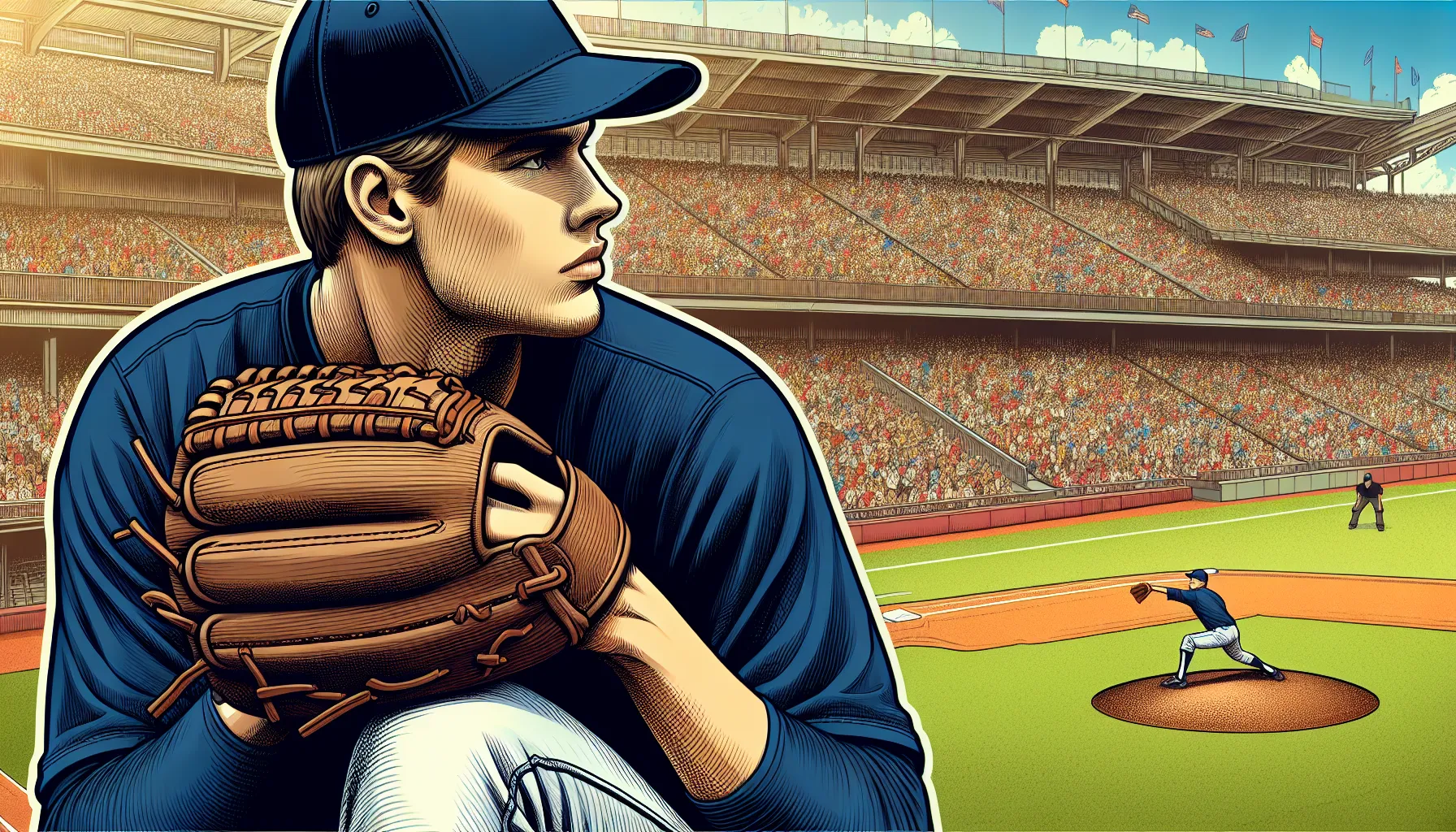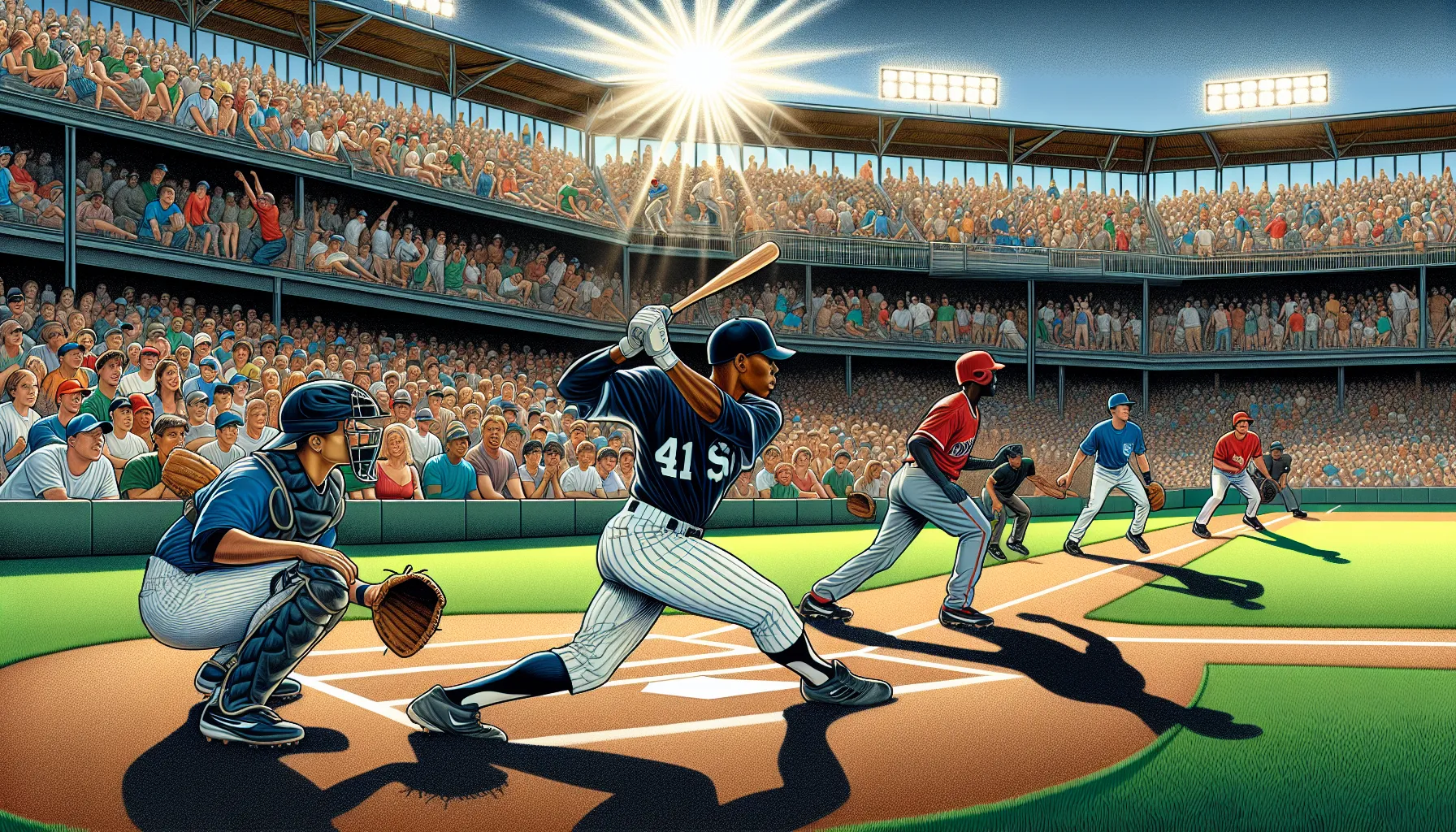
Baseball is more than just a game; it’s a timeless tradition that brings fans together. But if you’ve ever planned to catch a game, you’ve probably wondered how long you’ll be sitting in the stands or glued to your screen. Unlike sports with strict time limits, baseball’s pace is dictated by innings, strategy, and sometimes even the weather.
On average, a professional baseball game lasts around three hours, but the actual length can vary. Extra innings, pitching changes, and extended at-bats can stretch the game, while newer rules aim to speed things up. Whether you’re a casual fan or a die-hard enthusiast, understanding the factors that influence game duration can help you better plan your time and enjoy the experience.
Average Duration Of Baseball Games
Baseball game durations vary depending on the level of play, with professional games usually lasting longer. Knowing these differences helps you plan your viewing experience more effectively.
Major League Baseball (MLB) Games
MLB games typically last around three hours. A report from Statista in 2023 showed the average duration of an MLB game was approximately 2 hours and 39 minutes, following pace-of-play rule changes. Factors such as extra innings, extensive pitching changes, and managerial reviews can increase game length. For example, playoff games often exceed the average due to their strategic nature and high stakes.
Minor League Baseball Games
Minor League Baseball games are slightly shorter than MLB games, averaging between 2.5 and 3 hours. Implemented pitch clocks and fewer commercial breaks contribute to their faster pace. These games also experience fewer reviews and pitching changes, making them more predictable in duration compared to Major League games.
College And High School Games
College baseball games generally last about 2 hours and 45 minutes, while high school games average 2 hours. Shorter schedules and local regulations govern these levels, which often exclude measures like TV commercial breaks and extended gameplay scenarios. Weather delays or tournaments may occasionally lengthen game times at these levels.
Factors That Affect Game Length

Game length in baseball varies due to multiple factors impacting its pace and progression. Specific elements like innings, strategies, and weather play significant roles in determining how long a game lasts.
Inning-by-Inning Variations
The number of pitches, scoring plays, and substitutions within each inning directly affect its duration. Longer at-bats with multiple foul balls or a high number of runners on base can extend an inning’s time significantly. Quick three-out innings shorten overall game length.
Extra Innings
Tied games that proceed into extra innings add unpredictable length. Each additional inning requires both teams to complete their batting and fielding turns, often leading to extended play. Postseason games tend to experience longer extra-inning durations due to higher stakes.
Team Strategies And Style Of Play
Teams employing strategic approaches, such as frequent use of relief pitchers and deliberate at-bats, can slow the pace. Aggressive offensive plays, defensive shifts, and time-consuming mound visits also contribute to game length variation.
Weather Conditions And Delays
Adverse weather, such as rain or lightning, can cause delays or even mid-game suspensions. Hot or windy conditions may indirectly increase game time by slowing player performance. Stadium-specific features, like retractable roofs, limit some weather-related interruptions.
Efforts To Shorten Baseball Games

Game length has been a focus for baseball organizations aiming to enhance fan experience and maintain engagement. Several measures have been introduced to reduce overall game duration.
Rule Changes And Implementation
Adjusting rules has proven effective in addressing game-length concerns. Limits on mound visits, introduced in 2018 by Major League Baseball (MLB), aim to reduce unnecessary delays. The three-batter minimum rule for pitchers, implemented in 2020, further streamlines gameplay by limiting pitching changes within innings. Minor League Baseball has also tested automated strike zones to minimize disputes.
Changes to intentional walk procedures, such as signaling from the dugout instead of throwing pitches, eliminate unnecessary time-wasting. These adjustments prioritize pace while preserving the game’s integrity.
Introduction Of The Pitch Clock
The pitch clock directly addresses idle time between pitches. In 2023, MLB introduced a 15-second pitch clock with no runners on base and a 20-second limit with runners on. This approach encourages pitchers and batters to be ready quickly, reducing pauses during games. Data indicates a reduction in average MLB game time by nearly 26 minutes since implementing pitch clocks.
Minor League Baseball adopted pitch clocks earlier, showing similar reductions in game durations. College baseball also employs pitch clocks, highlighting their effectiveness at various levels of play.
Impact Of Instant Replay Reviews
Replay reviews ensure fair calls but contribute to game length, especially in contested moments. MLB limits managers to one challenge per game to control review durations. Additionally, umpires collaborate with replay centers to expedite decisions.
New technology enhancements aim to improve replay efficiency. Timely reviews maintain fairness without overly extending game length, balancing accuracy with pace.
Historical Trends In Game Length

The length of baseball games has evolved significantly over decades, influenced by rule changes, playing styles, and advancements in technology. These changes offer insights into the ongoing efforts to balance tradition with a faster pace of play.
Changes Over The Decades
In the early 1900s, professional baseball games typically lasted around 1 hour and 50 minutes. By the 1950s, the average game length increased to about 2 hours and 25 minutes, a result of more frequent offensive plays and longer pitcher-batter duels. In the 1980s, games crossed the 2-hour-and-45-minute mark, reflecting more commercial breaks and strategic substitutions.
The 21st century saw average MLB game times exceed 3 hours, driven by advances in analytics that encouraged extended at-bats, defensive shifts, and bullpen usage. However, the introduction of the pitch clock in 2023 reduced average game times to approximately 2 hours and 39 minutes, marking the sharpest decline in game length in decades.
Comparison With Other Sports
Baseball games traditionally surpass basketball and soccer in duration, offering a slower and more deliberate pace. NBA games last around 2 hours and 15 minutes, while typical soccer matches take about 90 minutes, excluding stoppage time. In contrast, football games share a similar 3-hour average but feature a more structured time format with set quarters.
Baseball’s lack of a game clock fosters unpredictability, unlike timed sports where durations remain consistent. Adjustments aimed at reducing game length, like the pitch clock, have made modern baseball somewhat comparable to other sports in ensuring efficient gameplay while retaining its unique rhythm.
Why Game Length Matters To Fans
Game length directly influences how fans engage with baseball, balancing tradition with modern expectations. Knowing how long games typically run helps fans better allocate their time and enhances overall enjoyment.
Viewing Experience And Patience
Longer games can challenge even dedicated fans’ patience, especially when pacing slows due to delays. Extended pitching changes, lengthy reviews, or frequent substitutions can disrupt the flow, making the experience less engaging. Shorter, well-paced games maintain momentum, providing consistent action and keeping fans absorbed. For example, the recently implemented pitch clock has reduced downtime, allowing for a more efficient, immersive viewing experience. Fans in stadiums also experience less fatigue during quicker games, improving live attendance satisfaction.
Implications For Younger Audiences
Modern audiences, especially younger fans, often prefer shorter, faster-paced entertainment. Lengthy games risk losing their attention, particularly in a digital age dominated by instantaneous content. Rule changes aimed at reducing game times cater to younger viewers, ensuring baseball remains competitive with other sports and forms of entertainment. For instance, the average MLB game length of 2 hours and 39 minutes aligns better with contemporary expectations, making it easier to attract and retain a younger, tech-savvy demographic.
Conclusion
Baseball’s game length is a blend of tradition, strategy, and modern adjustments. While the duration varies depending on factors like league level, gameplay dynamics, and evolving rules, these changes aim to balance the sport’s timeless charm with the expectations of today’s fans. Whether you’re a lifelong fan or new to the game, understanding what influences game time can help you better appreciate the rhythm and excitement baseball offers. So, the next time you plan to watch or attend a game, you’ll be well-prepared to enjoy every moment.
Frequently Asked Questions
How long do professional baseball games usually last?
On average, professional baseball games, including Major League Baseball (MLB), typically last about 2 hours and 39 minutes, though this can vary depending on factors like extra innings and rule changes.
What factors affect the length of a baseball game?
The length of a baseball game is influenced by extra innings, team strategies, pitching changes, scoring plays, inning variations, and weather conditions. Newer rules, such as the pitch clock, also impact game duration.
Are Minor League Baseball games shorter than MLB games?
Yes, Minor League Baseball games are slightly shorter, averaging 2.5 to 3 hours, due to fewer commercial interruptions and rules like the pitch clock.
How long do college and high school baseball games last?
College baseball games generally last about 2 hours and 45 minutes, while high school games average around 2 hours, making them shorter than professional games.
What is the impact of the pitch clock on game length?
The introduction of the pitch clock in 2023 has reduced MLB game times by an average of 26 minutes, enhancing the pace of play and overall fan experience.
How do extra innings affect the duration of a game?
Extra innings can significantly increase game length, especially during tied games and postseason matches, as teams continue playing until a winner is determined.
Why are modern MLB games shorter compared to recent years?
Modern MLB games are shorter due to pace-of-play rule changes, like the pitch clock and limits on mound visits, which reduce delays and downtime.
How does weather influence baseball game lengths?
Weather conditions, such as rain or lightning, can delay games, while extreme heat or wind may indirectly extend game time by affecting play.
How does baseball’s game duration compare to other sports?
Baseball games are generally longer than basketball and soccer but have become more efficient in recent years due to rule changes, reducing average game lengths.
Why is game length important to baseball fans?
Game length affects fan engagement, with shorter games maintaining interest and reducing fatigue, especially among younger audiences seeking faster-paced entertainment.
